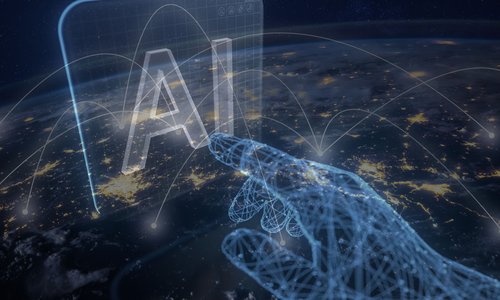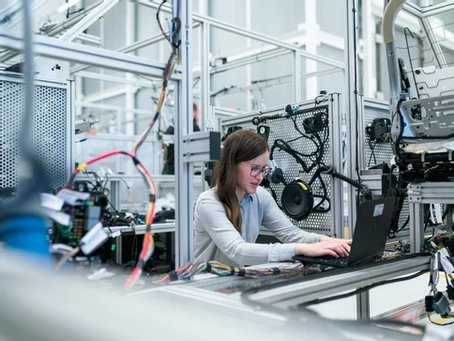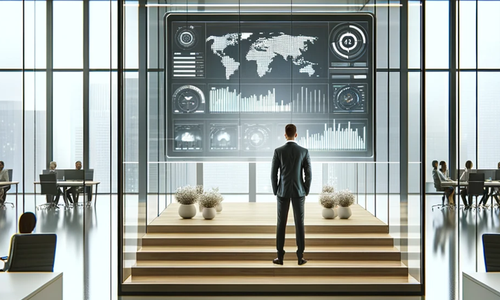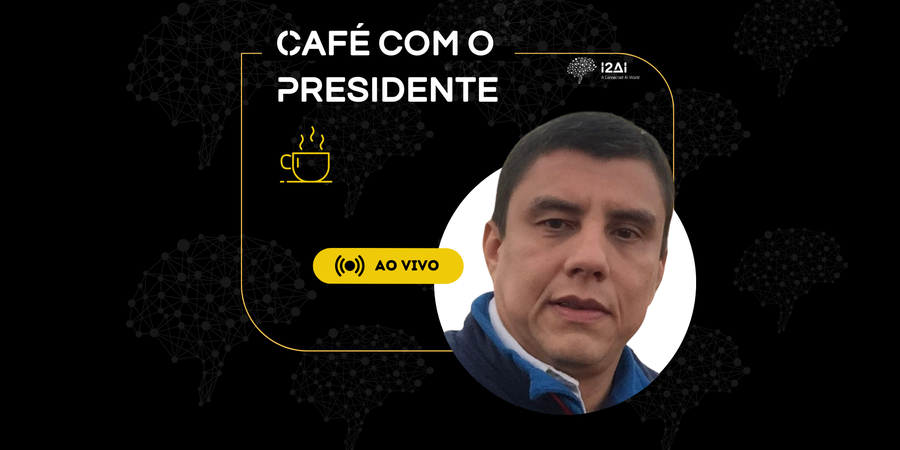
O Efeito Baunilha
O desafio do uso em larga escala de Inteligência Artificial Generativa

Nas últimas décadas, experimentamos um crescimento exponencial das tecnologias, porém, estamos tão acostumados a elas que não nos damos conta dos seus efeitos. A tecnologia é nossa aliada ou inimiga? Nos ajuda a ter uma vida melhor ou cria ainda mais dificuldades? Ajuda a melhorar nossa qualidade de vida ou acentua ainda mais as desigualdades?
No fim do século 18, tivemos um grande avanço tecnológico impulsionado pelas máquinas a vapor e logo depois pela eletricidade e motores a combustão. Neste primeiro momento, as máquinas substituíram o trabalho mecânico realizado pelos homens e animais. A industrialização trouxe mudanças profundas iniciando um processo de migração das pessoas do campo para a cidade. Os países pioneiros no uso destas tecnologias conseguiram aumentar muito a produtividade e experimentaram uma melhora nas condições de vida.
Na década de 70, iniciamos uma nova revolução impulsionada desta vez pelo advento dos computadores e avanços nas comunicações, telefonia, internet e mais recentemente com a Internet das coisas, smartphones, uso avançado de algoritmos e Inteligência Artificial. Diferentemente da revolução anterior, esta não foca no trabalho braçal e sim no intelectual.
Quais as consequências para os países que lideraram o uso destas tecnologias? Que impactos elas trouxeram na produtividade, bem-estar e qualidade de vida? Podemos quantificar estes impactos? Quais as implicações destas mudanças para os países que ficaram ou estão ficando para trás?
O que esperar para o futuro? Em que áreas devemos experimentar os maiores benefícios destas tecnologias? Quais os impactos no trabalho das pessoas, na saúde, na alimentação e na sustentabilidade? A tecnologia pode nos ajudar a reduzir os impactos que causamos ao planeta ou vai acelerar ainda mais o aquecimento global? Vai aumentar as possibilidades humanas ou reduzir as oportunidades de emprego? Vai reduzir as desigualdades ou criar uma separação ainda maior entre as classes sociais?
A palestra, Usando Inteligência Artificial para um mundo melhor, vai trazer dados que nos ajudam a compreender o que aconteceu no passado e com isso prever cenários possíveis para o futuro. Vai mostrar que áreas podem se beneficiar mais com o uso da tecnologia e as transformações que ela irá promover em nosso cotidiano, trabalho e relacionamentos. Desta forma, tentar responder se a tecnologia será nossa aliada ou inimiga nesta jornada.
Consultor e membro do conselho da I2AI. Atuou como VP LATAM de Soluções Cognitivas da IBM, de 2016 a 2018, sendo responsável por fomentar a transformação digital dos clientes, com soluções de Inteligência Artificial baseadas em Watson. Em 2018, passou a liderar também o segmento de SaaS e PaaS (Software/Platform as a Service).
Formado em Engenharia Eletrônica pela UFRJ, com mestrado em Análise de Sistemas. Trabalhou na IBM por mais de 30 anos, onde ocupou diversas posições de liderança incluindo designações internacionais nos laboratórios de pesquisa da IBM em Hawthorne, Nova York e RTP-NC.
Um entusiasta de tecnologia, é também apaixonado por fotografia e esportes, especialmente ciclismo que pratica com destaque há mais de 30 anos.

O desafio do uso em larga escala de Inteligência Artificial Generativa

Na encruzilhada da inovação, onde a tecnologia encontra a estratégia, a inteligência artificial emerge como o catalisador definitivo para redefinir a liderança na era digital.

Uma conversa com o Presidente da I2AI - Onédio S. Seabra Júnior - para falarmos sobre os temas mais quentes de Transformação Digital e Inteligência Artificial, num bate-papo informal com